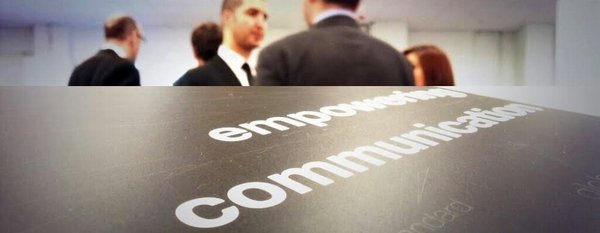Communication as your Competitive Advantage
Savvy organizations know that business agility needs to be driven from the ground up and that better communication removes language silos in a multinational and speeds up the time required to achieve a competitive advantage and drive results.
Is your Talent Pool Ready to go Global?
By breaking down communication barriers, skilled staff can be easily identified in the global talent pool and moved into different areas of the organization. This also creates greater career mobility for highly skilled staff. For instance, an employee working for a Swedish company with specialist IT skills might be transferred to fill a vacancy in the company’s French subsidiary – providing he has the right language skills. Such ‘local heroes’, who work in a particular subsidiary and are top performers in their field, need to be empowered with communication skills. This allows them to be elevated to a level where their knowledge can be leveraged across the entire organization.
In our 2015 Speexx Exchange Survey, 49 percent of respondents said that they were ‘e-enabling’ foreign language learning. More than half were also using e-learning to improve general business and customer service skills. Interestingly, 54 percent of those respondents considered their organizations to be multinational and multilingual. A further 89 percent believed that “business communication and foreign language skills were critical in determining organizational success”. Looking beyond the statistics, it’s clear to see that organizations are starting to understand that open communications will improve commercial success. To learn more, check out our free White Paper resources.
Leapfrogging the Competition
It has also been widely reported that China is now overtaking the US in terms of exports – this is an interesting area because Speexx works closely with several organizations including Beijing University in China to improve their learners’ command of English – the same could be applied to the UK by improving the command of French, German or Italian. A recent visit to China showed me that a hunger to learn and export is still thriving.
However, some businesses have a long way to go before they can tap into the profit potential of a multilingual culture. Real progress and a competitive advantage can only be achieved if businesses, large and small, develop creative and target-driven learning strategies from the ground up; strategies which are adapted to the individual needs of each organization.
It all starts with inclusion
Reaping the rewards of multilingual learning begins with a culture of inclusion. By taking the time to understand the latest learning tools available, organizations can create an overarching attitude of learning. Companies can take stock of existing language skills among staff and use these to their advantage while ensuring the consistent development of new ways of learning that are both motivating and compatible with the demands of the workforce. Recruitment policies, training strategies, and business plans can be reviewed to ensure language learning becomes an integral part of the organization’s culture.
In a rapidly changing workforce, language skills provide the key to communicating across borders and operating more efficiently and profitably. Long-term, this will lead to a real competitive advantage in today’s market. Individuals and organizations now have greater flexibility on how linguistic skills are delivered and effective results can be achieved regardless of skill, nationality or age. Organizations wishing to gain a competitive advantage will need to upskill staff in order to be better placed to reach out to new target markets and build lasting, strategic relationships. The opportunity for business growth is real – and there is no better time than now to seize it than now.
